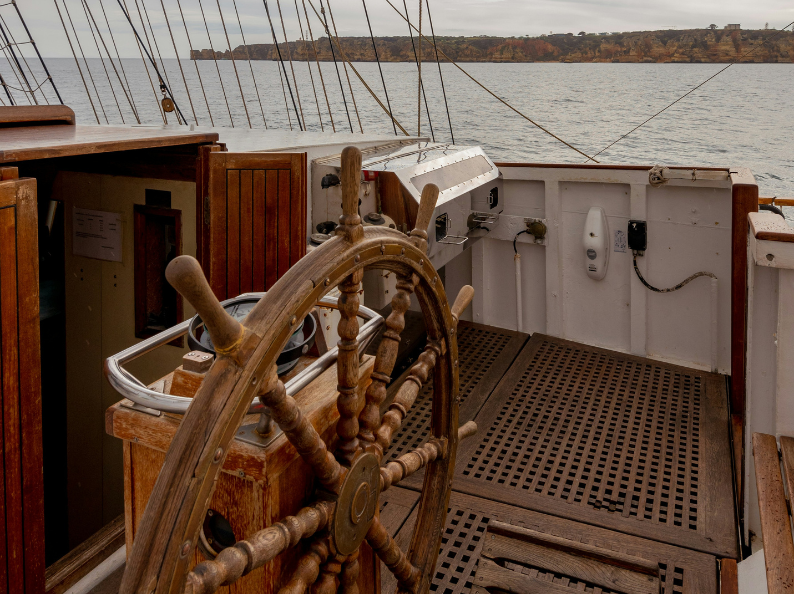Ultimate Guide to Classic Boat Restoration

Restoring classic boats is an art that requires precision, dedication, and a deep appreciation for maritime history and engineering. This meticulous process involves not just bringing old vessels back to life but also preserving a nautical legacy for future generations. Here, we delve deeply into how to carry out a successful restoration, highlighting key areas such as structural repair, antifouling painting, and complete refits of boats and yachts.
Initial Evaluation and Planning
Before beginning any work, it is crucial to perform a comprehensive evaluation of the current state of the vessel. This diagnosis should be conducted by experts in boat restoration who can identify not only obvious problems but also potential issues that could cause complications later. Based on this evaluation, a detailed restoration plan should be developed that includes each aspect of the process, from timeline to estimated budget.
Hull Restoration
The hull is the foundation of any boat and its integrity is vital for safety on the water. Hull restoration usually begins with the removal of any old or damaged finishes, followed by the repair or replacement of damaged or rotten wood. In fiberglass boats, cracks are repaired and osmosis issues are treated. Once structural repairs are complete, a new layer of antifouling paint is applied to protect the hull from marine organisms and long-term corrosion.
Mechanical and Electrical Systems Overhaul
Mechanical and electrical systems of a boat should be thoroughly checked and, in many cases, completely replaced. Old engines may require a complete rebuild or, depending on their condition, replacement with more modern and efficient models. Electrical systems often need an upgrade to meet current standards and improve the boat’s functionality and safety.
Interior Refit
Restoring the interiors of a classic boat can be as challenging as it is exciting. It involves a balance between preserving historical aesthetics and incorporating modern amenities that enhance comfort and safety. This might include renovating cabins, installing modern navigation systems, and updating bathrooms and kitchens, always maintaining the style and era of the original design.
Navigation and Safety Systems
Navigation technology has advanced significantly since most classic boats were built. Updating these systems is essential for safe and efficient navigation. This includes installing modern GPS, radar, communication systems, and safety technology like AIS transponders and modern alarm systems.
Frequently Asked Questions about Boat Restoration
How can I find original parts for my classic boat? Locating original parts can be challenging. Searches can include contacting other restorers, scouring nautical fairs, and searching online markets specialized in spare parts for old boats. In some cases, it may be necessary to manufacture custom parts to replicate the originals.
What are the biggest challenges when restoring a classic boat? One of the major challenges is maintaining authenticity while ensuring the boat meets current safety standards. Another common challenge is budget management, as costs can significantly increase as the project progresses.
Navigating into the Past with Elegance
Restoring a classic boat is an exciting project that, when done correctly, results in a beautiful and functional vessel that is a living tribute to its era. This process not only preserves history but also ensures that these jewels of the past can continue to sail the seas safely and stylishly. By following the steps and recommendations in this guide, restorers can tackle their project with solid knowledge, ensuring that each aspect of the restoration is handled with the care and precision that such a legacy demands.


